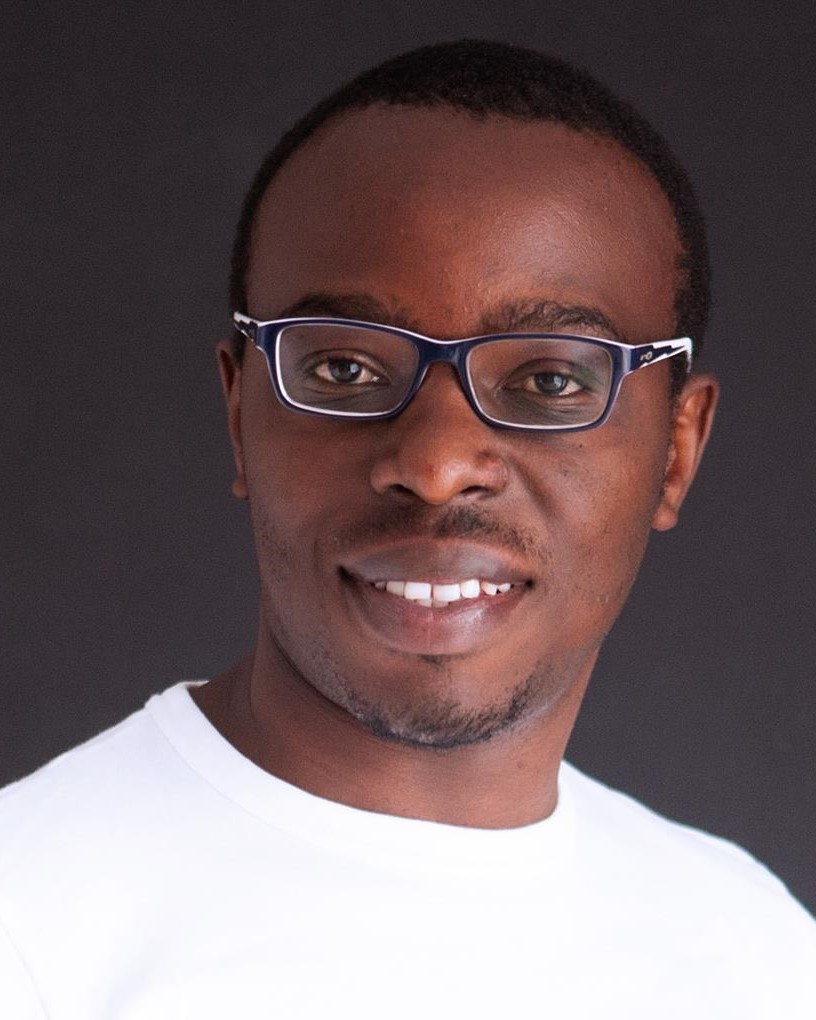Prof Francis Wafula
Barely a year into office, the Government established the Kenya Health Human Resource Advisory Council (KHHRAC), a state corporation under the Health Act of 2017 established to coordinate intergovernmental policy matters on human resources for health. During the Council’s inauguration in June, President William Ruto asked for objectivity and neutrality, challenging the Council to refrain from negative partisanship and instead focus on enabling UHC attainment through stronger health workforce contribution.
Effective health service delivery requires strong coordination across four crucial pillars: people, money, supplies, and information.
Two state corporations, the National Hospital Insurance Fund (NHIF) and the Kenya Medical supplies Authority (KEMSA), are responsible for the ‘money’ and ‘supplies’ agendas, while the health information is being ably managed under the broader Government ICT Digital Masterplan agenda.
What’s been missing is a ‘backstop’ institution for health workforce policy coordination across county and national levels, tasked with synthesizing the complex web of health workforce-related policies on one hand, and listening to ecosystem actors’ views and opinions on the other hand, then establishing standardized, fair and practical practices that are solely directed at improving Wanjiku’s wellbeing.
Truth be told, Kenya’s workforce institutional framework is fairly elaborate, with a diverse range of actors that include the Ministry of Health, 47 county public service boards, hospital boards, regulators, the Kenya Health Professionals Oversight Authority, the Public Service Commission, the Salaries and Remuneration Commission, the Commission for University Education, parliamentary health committees among others.
These all play crucial functions, ranging from production (training) to servicing the local and global labor markets. Yet popular opinion suggests that Wanjiku isn’t getting full value from the health workforce, who, on their part, are equally dissatisfied. Frequent threats of industrial unrest exemplify the latter.
That said, industrial unrest shouldn’t be seen as an indictment on these institutions and their performance. If anything, the policy output is fairly good. The disharmony merely portrays health worker frustration occasioned by multiple factors, including poorly standardized processes for recruitment, promotion and post-graduate training, unequal pay for equal work, and the absence of policy directives on staff mobility (for instance, transfer across counties) among other. It is for these reasons that KHHRAC was established.
KHHRAC’s job isn’t bringing an additional layer of complexity. Its mandate is to look at the schism between existing policy frameworks and Wanjiku’s needs, and guide on the best cause of action.
The goal is to create harmony through multisectoral and intergovernmental engagement, and (where policy gaps exist), work on establishing new instruments and introducing requisite amendments to existing laws.
There is strong recognition that it won’t be possible to meet Wanjiku’s needs without addressing challenges raised by health workers through their unions and professional associations. Professional input is crucial.
As a start-up state corporation, KHHRAC’s mandate outweighs its resources, yet the Council is fully immersed in illuminating pathways to industrial harmony and better service delivery.
We don’t believe that devolution made things worse, it merely exposed the magnitude of existing inadequacies. It’s disingenuous to conflate diverse workforce challenges into a singular cause, asking for recentralization of the health workforce in response.
That is shoveling sand against the tide. Such dog-whistle issues heighten mistrust across the levels of government, making things worse. KHHRAC believes that health worker management and experiences can be improved markedly in the context of devolution.
One way of doing that is through continuous dialogue. We are of the view that sustainable solutions will come from coordinated interagency, intersectoral and intergovernmental engagement, and that having open dialogue processes will help.
The Ministry of Health and KHHRAC will be hosting a series of dialogue meetings on 11th and 12th of October in Nairobi, to be followed by a major dialogue event on 18th October in Kericho. These are part of the preparatory engagements leading to the Mashujaa Day celebrations, whose theme this year is ‘Universal Health Coverage’. The full day dedicated to health workforce dialogue is expected to generate priority action points to improve health workforce performance for UHC. KHHRAC’s establishment is a watershed moment for Kenya, an opportunity to interrogate policy, strategic and institutional inadequacies around human resources for health and develop and execute a clearer plan.
the writer is Associate Professor of Health Systems and Policy, Strathmore University







More Stories
How Tableau Next is Transforming Business Intelligence
George Wachiuri: Vipingo Prime Offers Investors a Piece of Coastal Paradise
BNI Kenya to Host Exclusive Business Growth Conference with World-Renowned Business Coach, Phil Berg